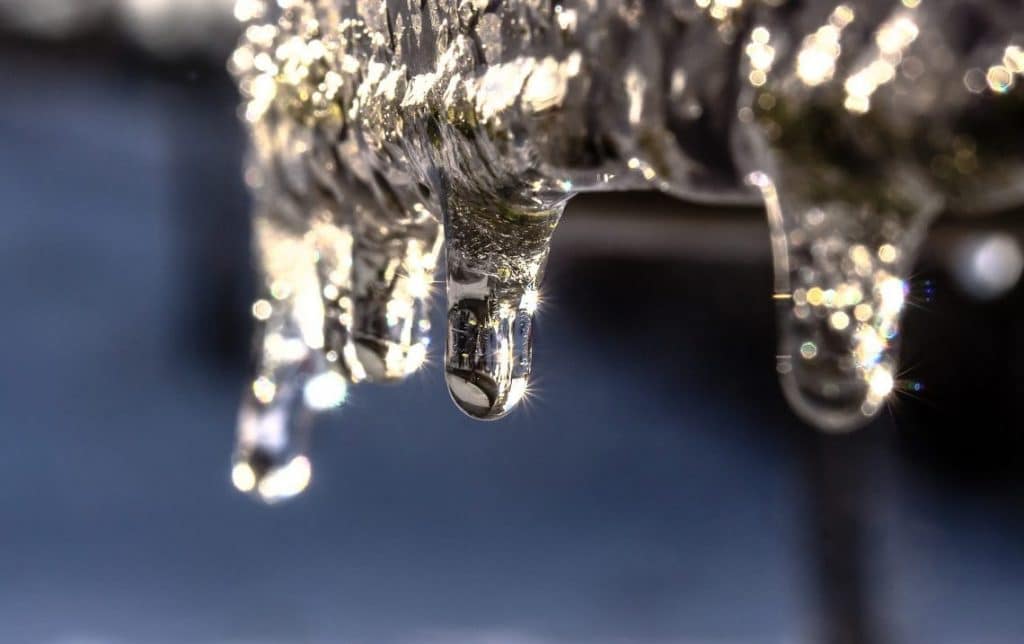What're your thoughts regarding How to prepare your home plumbing for winter weather?

Cold weather can damage your plumbing, especially by freezing pipes. Below's how to stop it from happening and what to do if it does.
Introduction
As temperatures decrease, the risk of icy pipes increases, potentially causing costly repair work and water damage. Comprehending exactly how to stop icy pipes is crucial for property owners in cold environments.
Recognizing Icy Pipelines
What causes pipelines to freeze?
Pipes freeze when revealed to temperatures below 32 ° F (0 ° C) for extended periods. As water inside the pipes freezes, it broadens, putting pressure on the pipeline wall surfaces and potentially triggering them to rupture.
Risks and damages
Icy pipes can cause water supply disturbances, building damages, and pricey fixings. Ruptured pipelines can flooding homes and create substantial architectural damages.
Indications of Frozen Pipeline
Identifying frozen pipes early can avoid them from breaking.
Exactly how to identify frozen pipelines
Seek lowered water circulation from taps, uncommon odors or sounds from pipes, and noticeable frost on revealed pipes.
Prevention Tips
Shielding prone pipelines
Cover pipelines in insulation sleeves or use warm tape to shield them from freezing temperatures. Focus on pipelines in unheated or exterior locations of the home.
Home heating methods
Keep indoor areas properly warmed, particularly locations with plumbing. Open cabinet doors to permit warm air to flow around pipelines under sinks.
Shielding Exterior Plumbing
Yard hoses and exterior faucets
Disconnect and drain garden pipes before winter. Mount frost-proof faucets or cover outdoor taps with insulated caps.
What to Do If Your Pipes Freeze
Immediate activities to take
If you presume icy pipes, keep taps open up to relieve stress as the ice thaws. Utilize a hairdryer or towels soaked in hot water to thaw pipes gradually.
Long-Term Solutions
Architectural adjustments
Think about rerouting pipelines away from exterior wall surfaces or unheated locations. Add added insulation to attics, cellars, and crawl spaces.
Upgrading insulation
Purchase top quality insulation for pipelines, attics, and wall surfaces. Appropriate insulation assists maintain regular temperatures and lowers the danger of icy pipelines.
Conclusion
Protecting against icy pipelines requires proactive steps and fast feedbacks. By recognizing the causes, signs, and preventive measures, home owners can protect their pipes during cold weather.
5 Ways to Prevent Frozen Pipes
Drain Outdoor Faucets and Disconnect Hoses
First, close the shut-off valve that controls the flow of water in the pipe to your outdoor faucet. Then, head outside to disconnect and drain your hose and open the outdoor faucet to allow the water to completely drain out of the line. Turn off the faucet when done. Finally, head back to the shut-off valve and drain the remaining water inside the pipe into a bucket or container. Additionally, if you have a home irrigation system, you should consider hiring an expert to clear the system of water each year.
Insulate Pipes
One of the best and most cost-effective methods for preventing frozen water pipes is to wrap your pipes with insulation. This is especially important for areas in your home that aren’t exposed to heat, such as an attic. We suggest using foam sleeves, which can typically be found at your local hardware store.
Keep Heat Running at 65
Your pipes are located inside your walls, and the temperature there is much colder than the rest of the house. To prevent your pipes from freezing, The Insurance Information Institute suggests that you keep your home heated to at least 65 degrees, even when traveling. You may want to invest in smart devices that can keep an eye on the temperature in your home while you’re away.
Leave Water Dripping
Moving water — even a small trickle — can prevent ice from forming inside your pipes. When freezing temps are imminent, start a drip of water from all faucets that serve exposed pipes. Leaving a few faucets running will also help relieve pressure inside the pipes and help prevent a rupture if the water inside freezes.
Open Cupboard Doors
Warm your kitchen and bathroom pipes by opening cupboards and vanities. You should also leave your interior doors ajar to help warm air circulate evenly throughout your home.

As an enthusiastic person who reads about Preventing and dealing with frozen pipes, I imagined sharing that piece of content was mandatory. Sharing is nice. Helping others is fun. Many thanks for your time invested reading it.
Apply Now